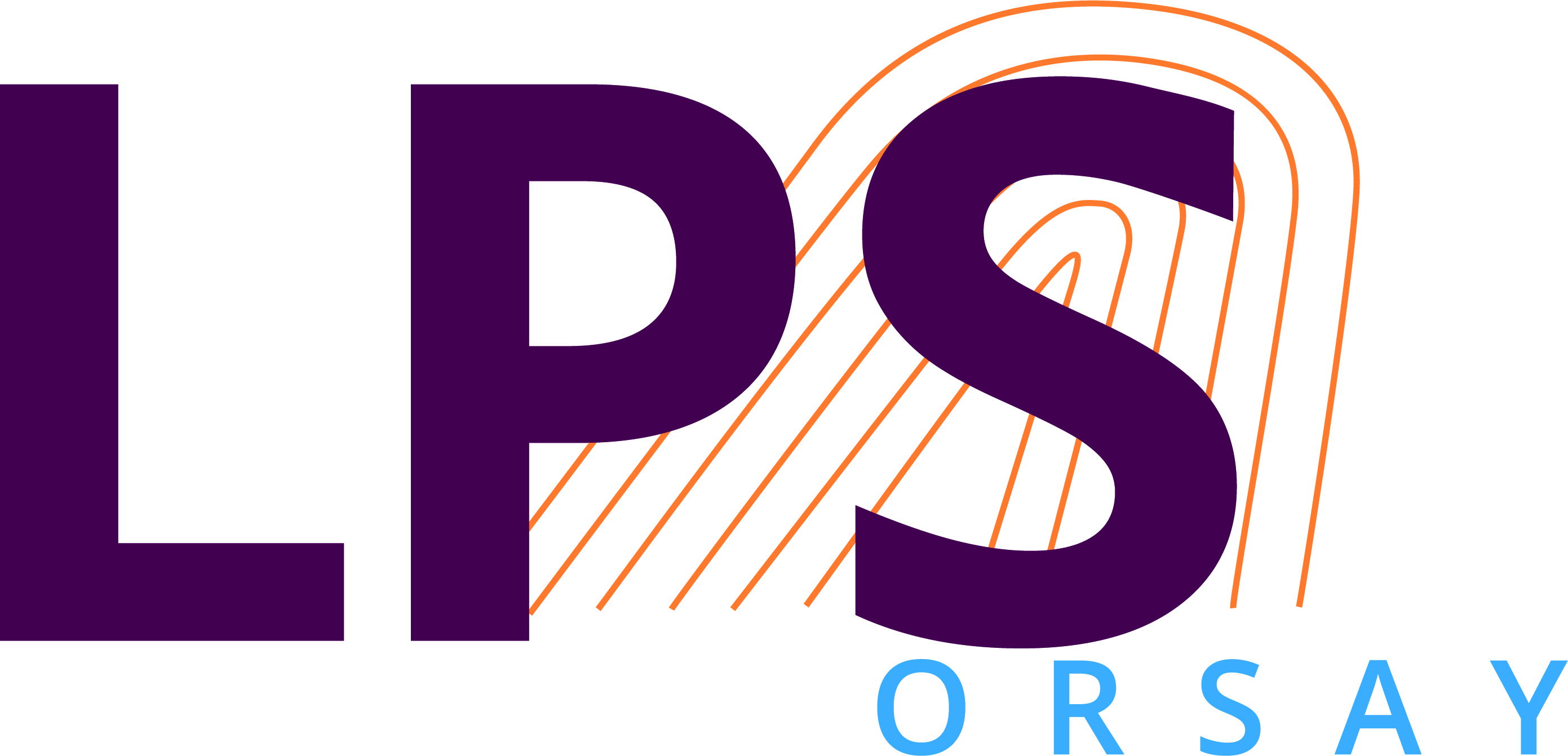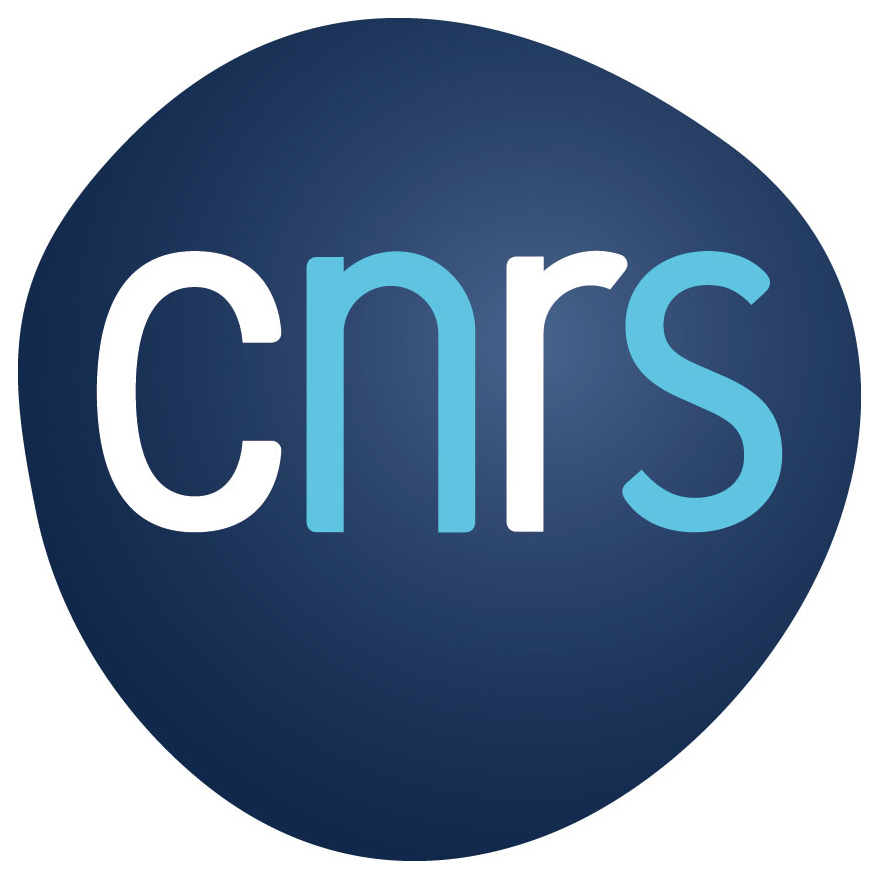Charge density wave and superconductivity: localized bipolarons versus extended Cooper pairs?
Résumé
The electron-phonon coupling in conducting materials may produce at low temperature either a charge density wave (CDW) or standard superconductivity (SC). We analyse the limits of validity of these two kinds of theories which up to now are not well-defined on the particular HOLSTEIN model (where the non-interacting electrons are described by a light binding model and are coupled to a dispersionless optic mode by on-site electron-phonon coupling). In the adiabatic limit (no quantum lattice fluctuations) , we prove rigorously at any dimension that when the electron-phonon coupling is large enough, the ground-state and the first excited states can be described as a superlattice of bipolarons pinned to the lattice which forms the CDW. Then, the low temperature thermodynamics of the electron-phonon system can be described by an Ising spin Hamiltonian (lattice gas mode!). When the quantum lattice fluctuations are taken into account , this Hamiltonian becomes a quantum model with spins 1/2. For smaller electron-phonon coupling , we argue that the CDW with gapless phasons (or FROHLICH modes usually considered in the litterature) are unstable against quantum lattice fluctuations. A superconducting phase may then appear. The conjectured phase diagram at OK thus involves either superconducting phase or pinned bipolaronic structures (CDW).
| Origine | Fichiers produits par l'(les) auteur(s) |
|---|



